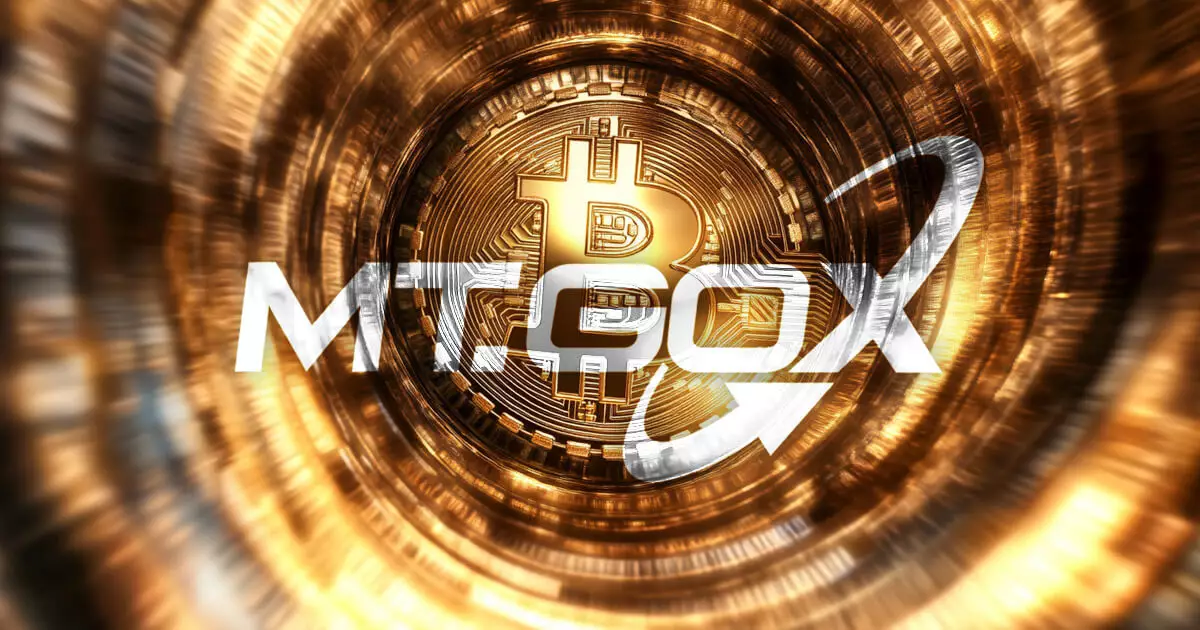The saga of Mt. Gox, once the largest cryptocurrency exchange that succumbed to a catastrophic hack in 2014, continues to unfold with significant implications for the crypto landscape. Recent transactions indicate that the exchange has moved over $2 billion worth of Bitcoin, effectively revitalizing interest and concern regarding the handling of its remaining assets. According to data sourced from Arkham Intelligence, this latest activity, which occurred on November 4, involved transferring 30,371 Bitcoin (BTC) into an obscure wallet, setting off a chain reaction of speculation across the crypto community.
The surge in movement from Mt. Gox’s wallet has raised eyebrows within the blockchain analytics community. Specifically, it is noteworthy that over a period of four days, approximately 32,871 BTC were processed, pointing to an unprecedented level of activity for what was presumed to be dormant wallets. The allocation of funds to prominent exchanges such as OKX and B2C2 underscores a strategic shift that is likely to impact market liquidity. Such substantial transactions undeniably fuel speculation about the forthcoming repayment plan for the exchange’s creditors and whether these movements signal a preparatory step for a larger market entry.
Despite the recent transfers, Mt. Gox retains a considerable sum—44,378 BTC, equivalent to around $3.04 billion, according to Arkham’s reports. This volume leftover in wallets is far greater than the recent movements would suggest. The concern in the market lies in what these holdings mean for future market stability; a sudden influx of Bitcoin could lead to price volatility. The hesitation amongst investors and traders is palpable, as monetary entry from Mt. Gox represents not just an influx of assets, but also a potential market disturbance stemming from mass selling.
In the backdrop of this financial drama looms the repayment strategy for creditors who lost funds during the exchange’s notorious hack, which resulted in the loss of approximately 950,000 BTC, worth a staggering $58 billion today. Mt. Gox’s commitment to reimburse these creditors through established platforms like Kraken and Bitstamp has been both a cause of optimism and concern. Recent decisions to extend the deadline for repayments until October 31, 2025, speak to the complexities involved in resolving these long-standing claims. This year-long extension could be interpreted both as a measure to ensure thorough and fair distribution or as an acknowledgment of the difficulties in liquidating large quantities of Bitcoin without adversely affecting market prices.
As Mt. Gox inches closer to resolving its legacy issues while also actively managing its remaining assets, stakeholders should remain vigilant. The ripple effects from the exchange’s actions have the potential to reshape market sentiments. Investors and analysts alike are left to ponder: will the eventual offloading of Mt. Gox’s remaining Bitcoin introduce substantial market volatility, or will it be managed in a way that maintains stability? Only time will unveil the full ramifications of these transactions, but it is clear that the legacy of Mt. Gox continues to pose both challenges and opportunities within the cryptocurrency realm.













